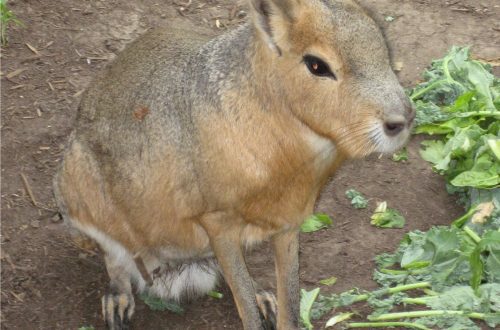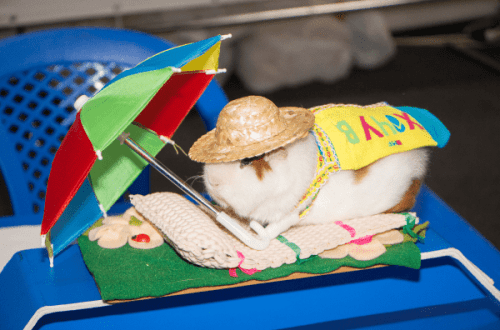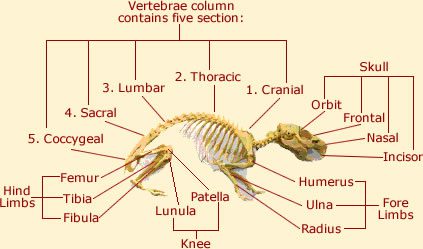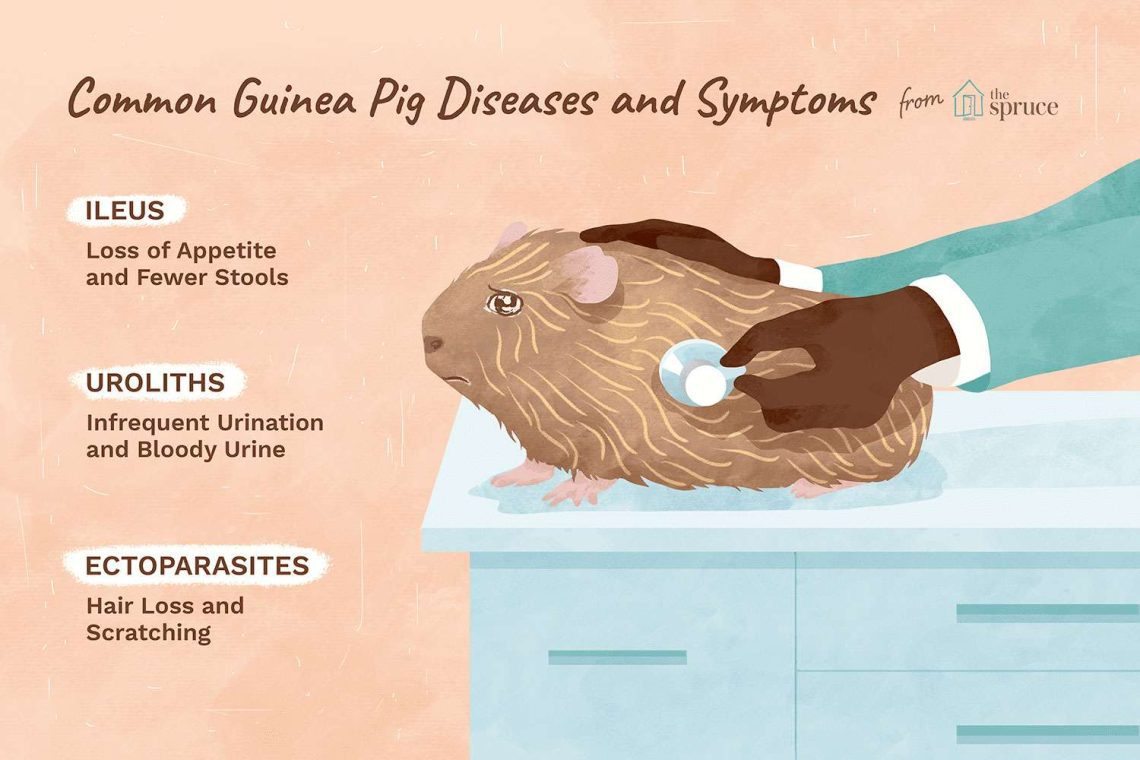
Signs of disease in guinea pigs
Generally, guinea pigs are quite immune to infections and rarely get sick. However, if you notice anything of concern in your pet’s health, you should immediately seek the advice of a veterinarian. Only he will be able to properly recognize a possible serious illness.
Most of the diseases that threaten guinea pigs fall into one of five categories:
- genetic diseases;
- diseases caused by improper feeding or maintenance;
- infectious diseases caused by bacteria or viruses;
- diseases transmitted by parasites;
- mechanical injury.
It happens that the guinea pig begins to behave differently: stops eating, lies down and looks tired. These are the first warning signs that you definitely need to pay attention to. So, what signs indicate the onset of the disease?
Signs of illness in guinea pigs:
- changes in behavior that are not characteristic of the character;
- the pig lies with its eyes closed;
- rapid shortness of breath;
- cough;
- increased thirst;
- disheveled, sticky wool;
- hair falls out easily with a light touch;
- nasal discharge, runny nose;
- festering eyelids and eyes;
- the formation of ulcers on the skin;
- small trembling;
- frequent dry or loose stools;
- convulsions and paralysis;
- the presence of small blood-sucking (fleas, lice).
A sick animal seeks to retire, hide, lie down.
Generally, guinea pigs are quite immune to infections and rarely get sick. However, if you notice anything of concern in your pet’s health, you should immediately seek the advice of a veterinarian. Only he will be able to properly recognize a possible serious illness.
Most of the diseases that threaten guinea pigs fall into one of five categories:
- genetic diseases;
- diseases caused by improper feeding or maintenance;
- infectious diseases caused by bacteria or viruses;
- diseases transmitted by parasites;
- mechanical injury.
It happens that the guinea pig begins to behave differently: stops eating, lies down and looks tired. These are the first warning signs that you definitely need to pay attention to. So, what signs indicate the onset of the disease?
Signs of illness in guinea pigs:
- changes in behavior that are not characteristic of the character;
- the pig lies with its eyes closed;
- rapid shortness of breath;
- cough;
- increased thirst;
- disheveled, sticky wool;
- hair falls out easily with a light touch;
- nasal discharge, runny nose;
- festering eyelids and eyes;
- the formation of ulcers on the skin;
- small trembling;
- frequent dry or loose stools;
- convulsions and paralysis;
- the presence of small blood-sucking (fleas, lice).
A sick animal seeks to retire, hide, lie down.
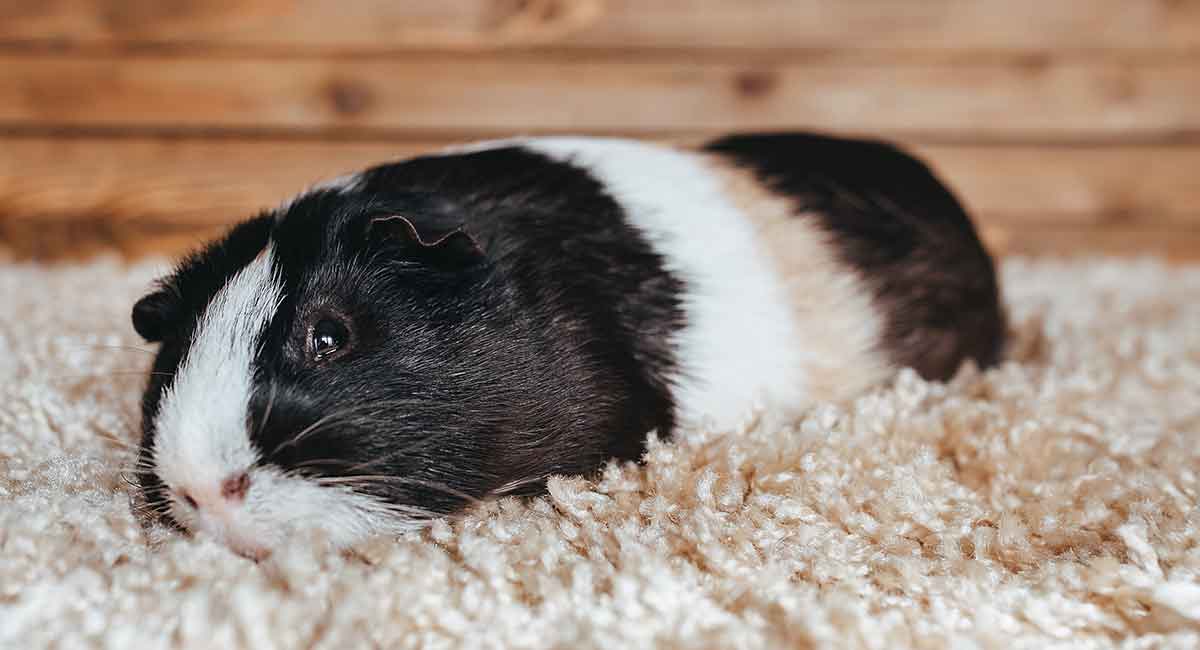
Keeping animals in the house, try to recognize the first symptoms of a possible illness in time and take appropriate measures. A guinea pig will not tell you how he feels, but you can determine this by her behavior. If, for example, she does not make the usual squeak when you bring her food, but sits blankly in a corner with a dull look and a hunched back, you should pay attention to this. If, in addition, the coat is tousled and has a matte tint, the animal is losing hair more than usual, constantly itches, breathes impetuously, or behaves in some strange way – all this indicates a possible illness. In doubtful cases, it is better to consult a veterinarian. You can take some steps yourself.
Guinea pigs show symptoms of any disease late, which is one of the components of their survival strategy. Therefore, it may happen that your guinea pig has been sick for a long time and suddenly needs veterinary care.
In some cases, a guinea pig can be helped with the help of a veterinarian, but, as a rule, the law works: the animal does not get sick, the animal dies.
If you are sure that there is nowhere to take an infectious disease, but the animal’s stool is of concern, give sea fthalazol (it fixes) and etazol (relieves inflammation) 1/8 tablet 2 times a day.
Put tree branches or wooden sticks in the cage for guinea pigs, do not get carried away with soft food for the animal. Its incisors need work, otherwise the teeth will begin to grow and the animal may die of hunger.
Keeping animals in the house, try to recognize the first symptoms of a possible illness in time and take appropriate measures. A guinea pig will not tell you how he feels, but you can determine this by her behavior. If, for example, she does not make the usual squeak when you bring her food, but sits blankly in a corner with a dull look and a hunched back, you should pay attention to this. If, in addition, the coat is tousled and has a matte tint, the animal is losing hair more than usual, constantly itches, breathes impetuously, or behaves in some strange way – all this indicates a possible illness. In doubtful cases, it is better to consult a veterinarian. You can take some steps yourself.
Guinea pigs show symptoms of any disease late, which is one of the components of their survival strategy. Therefore, it may happen that your guinea pig has been sick for a long time and suddenly needs veterinary care.
In some cases, a guinea pig can be helped with the help of a veterinarian, but, as a rule, the law works: the animal does not get sick, the animal dies.
If you are sure that there is nowhere to take an infectious disease, but the animal’s stool is of concern, give sea fthalazol (it fixes) and etazol (relieves inflammation) 1/8 tablet 2 times a day.
Put tree branches or wooden sticks in the cage for guinea pigs, do not get carried away with soft food for the animal. Its incisors need work, otherwise the teeth will begin to grow and the animal may die of hunger.
Contents
Checking the health status of guinea pigs
Teeth. Take the animal with one hand from below under the stomach, with a slight pressure on the other, open the mouth. The incisors of the upper and lower jaws should be in contact, the molars should overlap each other.
Anal opening. The skin of an animal sticking together from the feces indicates the presence of diarrhea, the causes of which may be different. This should be watched carefully. Wipe the areas of sticky fur with a damp cloth.
Leather. The presence of parasites can be determined by inflamed areas and hair loss; round bald patches in the fur testify to fungal diseases. In this case, you should immediately contact your veterinarian.
Ears. A sign of the disease may be frequent scratching of the ears by the animal. Reddened and inflamed skin in the ear canal is a sign of ear inflammation.
Teeth. Take the animal with one hand from below under the stomach, with a slight pressure on the other, open the mouth. The incisors of the upper and lower jaws should be in contact, the molars should overlap each other.
Anal opening. The skin of an animal sticking together from the feces indicates the presence of diarrhea, the causes of which may be different. This should be watched carefully. Wipe the areas of sticky fur with a damp cloth.
Leather. The presence of parasites can be determined by inflamed areas and hair loss; round bald patches in the fur testify to fungal diseases. In this case, you should immediately contact your veterinarian.
Ears. A sign of the disease may be frequent scratching of the ears by the animal. Reddened and inflamed skin in the ear canal is a sign of ear inflammation.
First aid for guinea pigs
Light diarrhea. The general condition of the animal is good, but the litter is liquid and light. Eliminate green and juicy food from the diet; instead, give hay and warm chamomile tea, as well as willow branches and grated carrots. Make sure the bedding is dry. If the droppings are not solid after two days, contact your veterinarian.
Constipation. If the so-called perineal pocket around the anus is filled with feces, carefully squeeze it out and remove it with a damp cotton swab. If small, hard balls of feces appear, first check that the drinker is functioning properly, as in most cases the cause of constipation is simply not enough water in the drinker. Eliminate grains from the diet for a few days, give the guinea pig a cucumber or melon. If there is no improvement in a day, contact your veterinarian. Allergic rhinitis. Eliminate possible causes of such a runny nose, such as dusty hay or caustic cleaning products that form fumes. If in doubt, contact your veterinarian.
Heatstroke. If the guinea pig begins to thrash around restlessly, itches and trembles all over, immediately place it in the shade and offer water at room temperature. The body should be carefully wrapped with a cool, damp towel, and the animal should be calmed down with gentle stroking.
Guinea pig diet. If the guinea pig has begun to gain weight, it is necessary to put her on a diet. Fat animals are slow and more susceptible to disease. Give the animal only 40-60 g of succulent food per day and reduce the dose of the main food. Let your guinea pig go for walks more often. Force her to perform various “exercises”, for example, put a salad on some kind of elevation or put an obstacle on the way to the feeder so that the animal is forced to climb for food.
Light diarrhea. The general condition of the animal is good, but the litter is liquid and light. Eliminate green and juicy food from the diet; instead, give hay and warm chamomile tea, as well as willow branches and grated carrots. Make sure the bedding is dry. If the droppings are not solid after two days, contact your veterinarian.
Constipation. If the so-called perineal pocket around the anus is filled with feces, carefully squeeze it out and remove it with a damp cotton swab. If small, hard balls of feces appear, first check that the drinker is functioning properly, as in most cases the cause of constipation is simply not enough water in the drinker. Eliminate grains from the diet for a few days, give the guinea pig a cucumber or melon. If there is no improvement in a day, contact your veterinarian. Allergic rhinitis. Eliminate possible causes of such a runny nose, such as dusty hay or caustic cleaning products that form fumes. If in doubt, contact your veterinarian.
Heatstroke. If the guinea pig begins to thrash around restlessly, itches and trembles all over, immediately place it in the shade and offer water at room temperature. The body should be carefully wrapped with a cool, damp towel, and the animal should be calmed down with gentle stroking.
Guinea pig diet. If the guinea pig has begun to gain weight, it is necessary to put her on a diet. Fat animals are slow and more susceptible to disease. Give the animal only 40-60 g of succulent food per day and reduce the dose of the main food. Let your guinea pig go for walks more often. Force her to perform various “exercises”, for example, put a salad on some kind of elevation or put an obstacle on the way to the feeder so that the animal is forced to climb for food.
How to identify disorders and diseases
| What catches the eye | Possible Causes You Can Eliminate Yourself | Additional Symptoms Requiring Veterinary Intervention |
|---|---|---|
| The animal sits quietly and joylessly, does not greet with a squeak | Boredom, lack of a partner, lack of attention and walks | Apathy, lack of appetite, diarrhea, weight loss, disheveled hair |
| Refuses to feed | Unsuitable or spoiled food, lack of water, damp bedding, draft, too cold or too warm room | Foul-smelling feces with diarrhea, sometimes bloody, hunched back, lethargy, sticky nostrils |
| Salivation, clumped fur on the lower jaw | Insufficient grinding of teeth – for prevention, material for gnawing is needed | Redness of the skin, hair loss, crusting at the folds of the mouth, refusal to feed |
| Diarrhea | Unexpected change of food, too cold food or water spoiled, too cold or humid air | Refusal to feed, loss of strength, sunken eyes, apathy, sadness, weight loss |
| Difficulty passing feces and urine | Lack of movement, faulty drinker, unexpected transition from green to dry food | Fever, hind legs tightening, convulsions, shortness of breath |
| Sneezing, coughing | Draft, irritation from bedding, caustic cleaners, dusty or spoiled hay | Lethargy, shortness of breath, nasal discharge, weight loss |
| Watery eyes, reddened or swollen eyelids | Dust or foreign matter, scratch marks, hair caught in the eye | Photophobia, redness of the mucous membrane of the eyes, strongly bulging eyes |
| Rapid breathing | Overheating, fear, stress | Cheek swelling, lateral breathing, bluish mucous membranes |
| Frequent scratching | Non-compliance with the cleanliness of surrounding objects, poor hair care | Dirty or rough coating, cramps, head tilted to the side |
| What catches the eye | Possible Causes You Can Eliminate Yourself | Additional Symptoms Requiring Veterinary Intervention |
|---|---|---|
| The animal sits quietly and joylessly, does not greet with a squeak | Boredom, lack of a partner, lack of attention and walks | Apathy, lack of appetite, diarrhea, weight loss, disheveled hair |
| Refuses to feed | Unsuitable or spoiled food, lack of water, damp bedding, draft, too cold or too warm room | Foul-smelling feces with diarrhea, sometimes bloody, hunched back, lethargy, sticky nostrils |
| Salivation, clumped fur on the lower jaw | Insufficient grinding of teeth – for prevention, material for gnawing is needed | Redness of the skin, hair loss, crusting at the folds of the mouth, refusal to feed |
| Diarrhea | Unexpected change of food, too cold food or water spoiled, too cold or humid air | Refusal to feed, loss of strength, sunken eyes, apathy, sadness, weight loss |
| Difficulty passing feces and urine | Lack of movement, faulty drinker, unexpected transition from green to dry food | Fever, hind legs tightening, convulsions, shortness of breath |
| Sneezing, coughing | Draft, irritation from bedding, caustic cleaners, dusty or spoiled hay | Lethargy, shortness of breath, nasal discharge, weight loss |
| Watery eyes, reddened or swollen eyelids | Dust or foreign matter, scratch marks, hair caught in the eye | Photophobia, redness of the mucous membrane of the eyes, strongly bulging eyes |
| Rapid breathing | Overheating, fear, stress | Cheek swelling, lateral breathing, bluish mucous membranes |
| Frequent scratching | Non-compliance with the cleanliness of surrounding objects, poor hair care | Dirty or rough coating, cramps, head tilted to the side |



